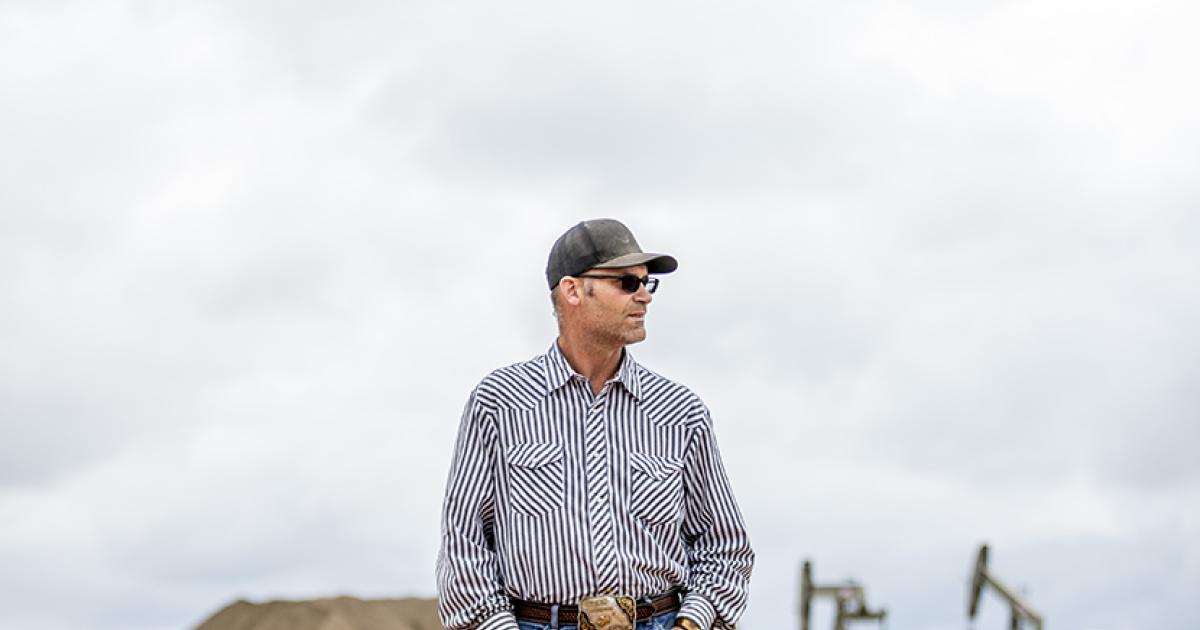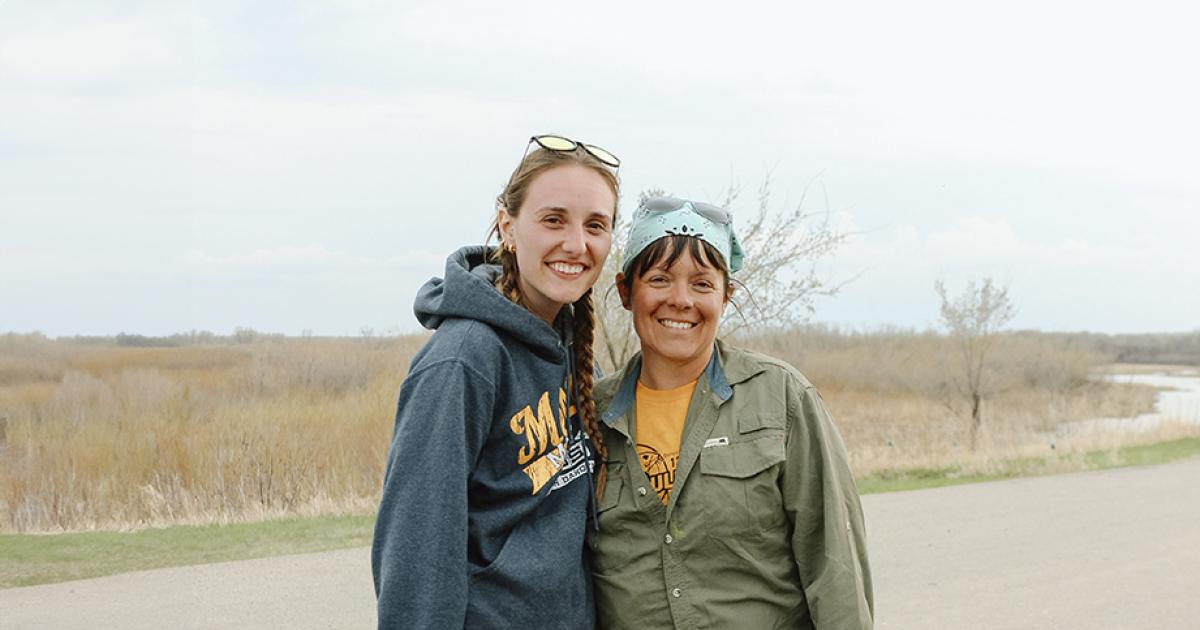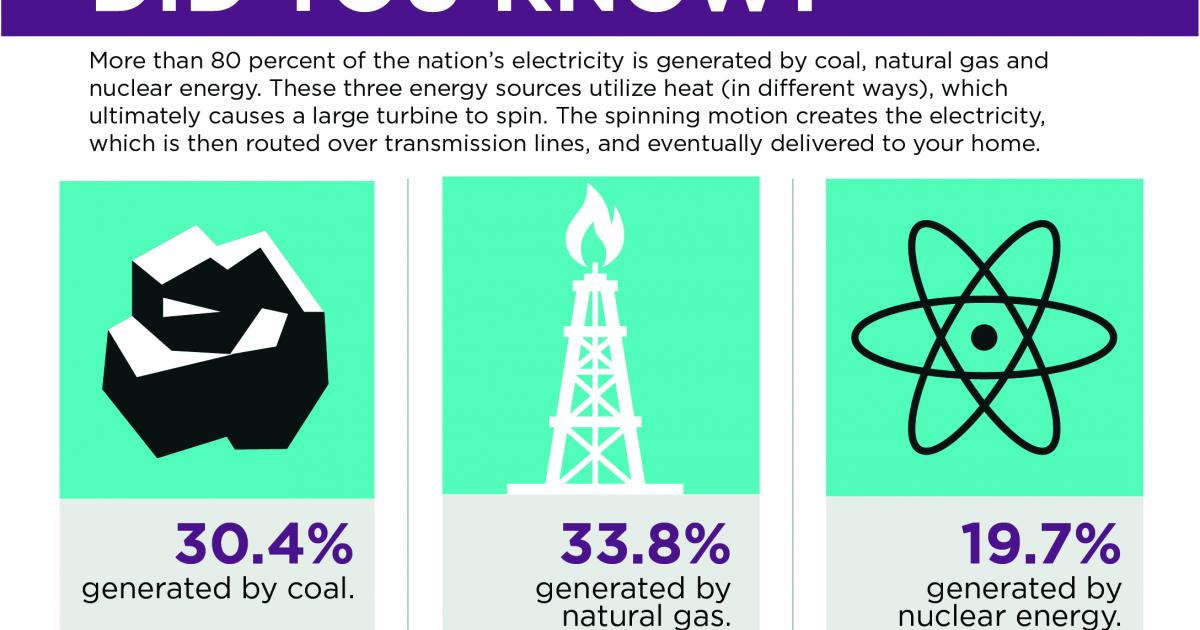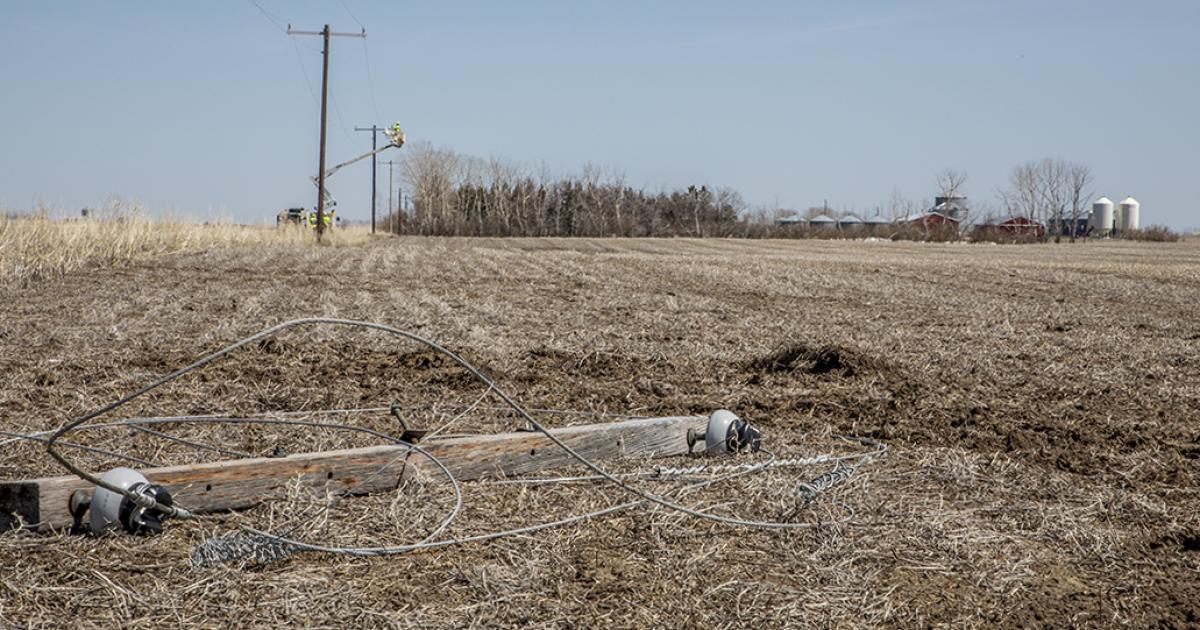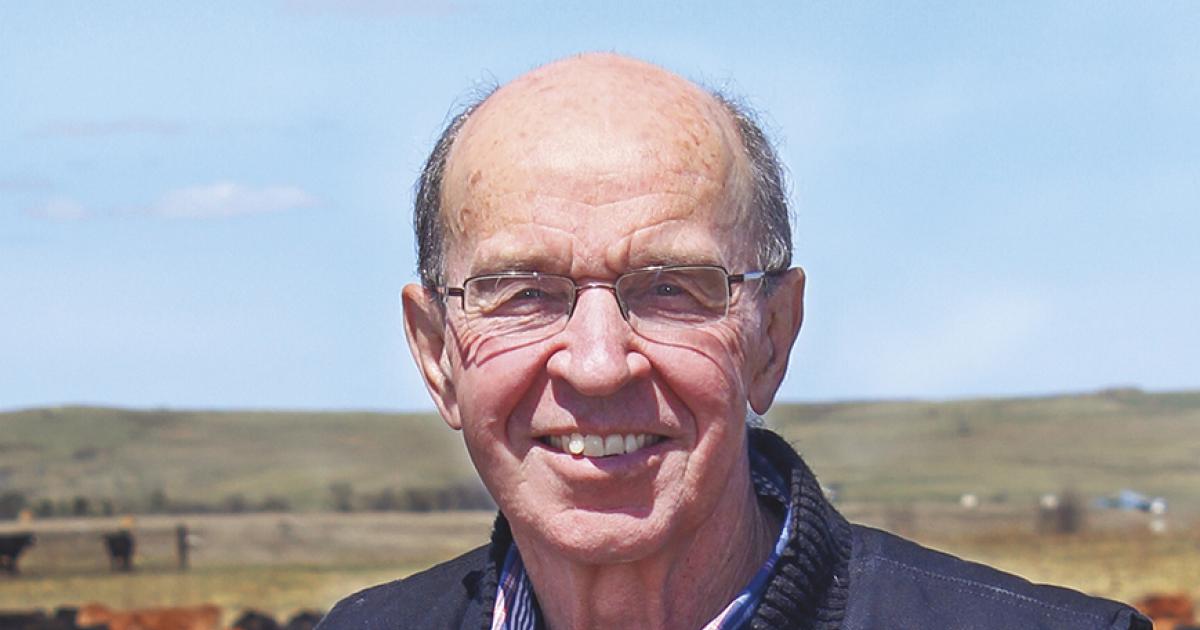Making a living raising cattle is much more complex than it may seem. In today's competitive market, cattle producers still perform a lot of physical work. They also do research and decision-making related to a variety of issues, such as balancing a herd’s nutritional needs, calculating options for overall herd health, and marketing cattle for sale through domestic and international markets. It’s a volatile industry that can be sidelined by a number of influences, weather among them.
Photos above, immediate right: The 2017 experience for cattleman Mike Novak, and his herd near Minot, was marked by feed supplies buried in snows and later scarce because of drought
“The cattle industry is dynamic with things always changing,” says John Dhuyvetter, livestock specialist at the North Dakota State University North Central Research Extension Center (NCREC) south of Minot, which is served by Verendrye Electric Cooperative. “Markets rise and fall. In the 1970s, North Dakota peaked with cattle numbers at about 1.4 million. Today, we are in the 930,000 range. Weather extremes and feeding challenges this last year will likely reduce that some.”
Early snowfall and blizzards last winter depleted many producers’ feed stock supplies. A dry spring and summer intensified the problem, contributing to poor, inadequate hay supplies. Need for supplemental feed supplies increased expenses. Many producers adjusted by pruning, or in some cases, liquidating their herds.
“We grazed our cattle as long as we could in the fall so we thought we had plenty of feed,” said Lee Novak, a cattle producer south of Minot who is served by Verendrye Electric Cooperative. “But when it gets really cold, you need extra feed and straw. With a lot of snow, everything is harder – digging out hay, digging out cows, hauling cows to market. It makes for long days and more expense. By January, we had used up most of our extra resources.”
With the dry summer, oats that Novak planted for grain were stunted from lack of moisture. The dry weather made for a poor hay crop, too. Novak used the oats for additional hay and purchased grain screenings at the elevator to enhance his lower-quality hay. He also culled 10 percent of his herd.
During tough feeding times, North Dakota producers are fortunate to have access to some good byproducts from other industries, Dhuyvetter said. For instance, flour mills take the bran and hull not used for flour to make pellets to sell as cattle feed. Ethanol plants produce high-quality distiller grain byproducts that are an excellent source of added protein and energy for cattle rations.
Feeding cattle has become a science in itself. Dhuyvetter spends a lot of time working with producers helping them plan good feeding programs. Similar to people, cattle grow better and look better when they get a balanced diet. That results in more productive animals and, hopefully, more money at market time, he said.
“Cows need a balanced ration of protein, calories, minerals and fibrous type roughage,” he explained. “You have to bring in the right nutritional supplements. A good nutrition program helps the producer avoid having thin cows, weak calves and poor rebreeding.”
Healthy cattle also respond to vaccinations better, he added. North Dakota cattle that get top dollars at market have been vaccinated at least twice before going to market. These cattle are more likely to have a stronger immune system to minimize health and disease losses from stress encountered as they move through weaning and marketing.
Tracking calving records has helped Novak identify marginal producers such as cows that produce inferior calves or are poor mothers. A calf’s value is determined by its weight and market appearance.
Dhuyvetter says most producers he talks to are culling deeper and reducing herd numbers again this winter. Novak is among them. He is also among many producers who integrate cattle raising with farming. Dhuyvetter said family-sized feedlots in North Dakota are on the rise, and this added industry creates more market for feed grains and options for increasing calves’ market value. Beef from North Dakota calves ultimately moves to both domestic and export markets.
“Our state has a good reputation for cattle quality and our cattle sell extremely well, considering freight costs and distances that it takes to market cattle here,” he commented. “We can be proud that we have good producers raising good cattle. North Dakota has a hard environment but I think it makes our producers even better managers.”
In December, about 150 producers attended the first Dakota Cattle Conference and Breeders Workshop NCREC sponsored in Minot. Regional and national experts gave presentations on topics such as cattle breeding, late season grazing and supplementation, market trends and price outlooks and drought management. The 1,200-acre research center south of Minot, under the management of North Dakota State University, serves northwest North Dakota. Dhuyvetter works closely with county Extension Service agents as well as assisting individual producers. He can be reached at NCREC at 701-857-7682.
Candi Helseth is a freelance writer from Minot.



